One of the things our dog’s thrive on is work, most dogs were bred for a purpose! And in some instances this makes them perfect for helping our military men and women in their jobs.
Military dogs have played a crucial role in the armed forces for centuries, serving alongside soldiers in various capacities. From World War I to contemporary conflicts, these valiant canines have contributed significantly to military operations, showcasing bravery, loyalty, and specialized skills. They have served as messengers, rescue dogs, patrol and guard dogs, and in bomb detection, demonstrating unparalleled versatility.
The United States and other nations have recognized these dogs’ vital roles, integrating them into various branches of the military and law enforcement. This introduction delves into the historical context and current roles of military dogs, underscoring their importance and the deep bond they share with military personnel.
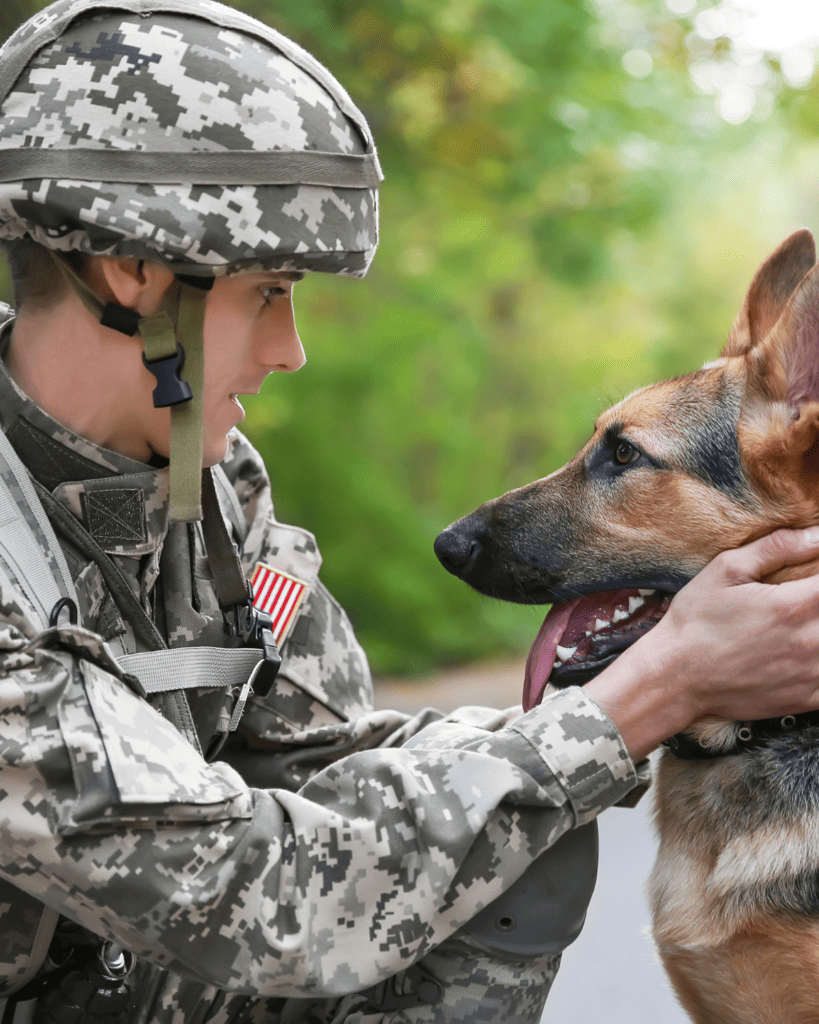
The Role of Dog Breeds in Military History
Throughout history, certain dog breeds have been instrumental in military operations. During World War I and II, breeds like the German Shepherd, Doberman Pinscher, and Airedale Terrier were commonly used for various military roles. These dogs served on the front lines, performing tasks such as delivering medical supplies, relaying messages, and assisting in rescue missions.
Their keen senses, high intelligence, and strong work ethic made them invaluable assets in both combat and non-combat roles. This section explores how these breeds’ unique characteristics contributed to their selection for military purposes and how their roles have evolved to adapt to changing warfare tactics.
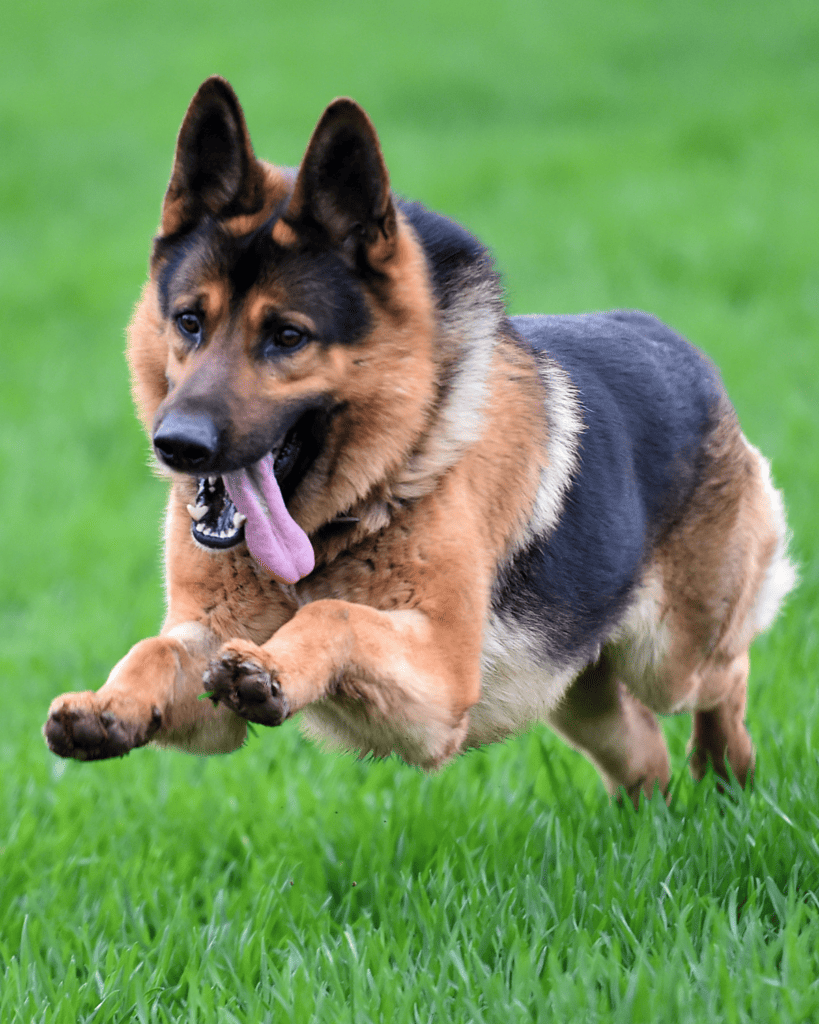
German Shepherds: The Quintessential Military Dog
The biggest, and most famous with military work. German Shepherds have long been synonymous with military and police work due to their intelligence, versatility, and strong senses. Originating from Germany, these dogs were first used by the German farms and later by various forces worldwide. In modern times, German Shepherds serve in various military roles, including explosive and drug detection, patrol work, and as therapy dogs for wounded soldiers. Their loyalty and protective nature also make them excellent guard dogs. This section will delve into the history of German Shepherds in military service, highlighting their roles, training regimes, and the reasons behind their popularity as military and law enforcement dogs.
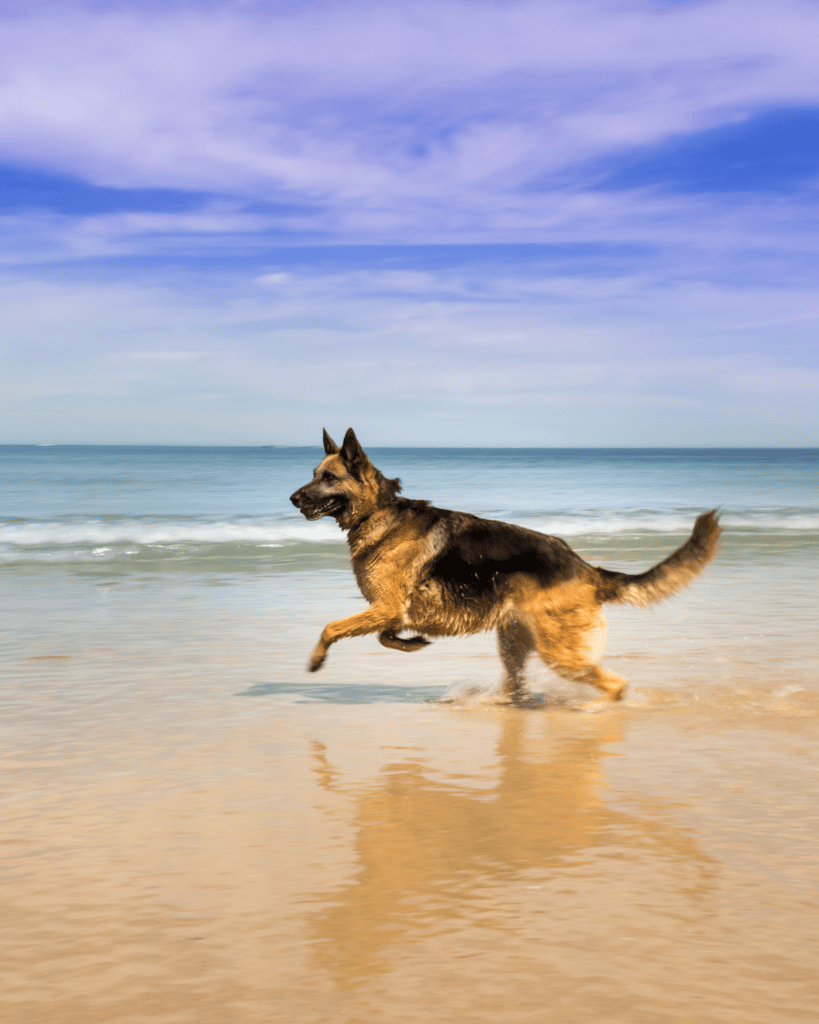
Belgian Malinois and Dutch Shepherds: The Agile Warriors
Belgian Malinois and Dutch Shepherds have emerged as popular choices for military and police work, rivaling the German Shepherd in many aspects. Known for their agility, intelligence, and strong work ethic, these breeds excel in various military operations. They are often employed in roles that require a high level of physical ability and mental understanding, such as parachute jumps with SEAL teams, detecting explosive devices, and participating in search and rescue missions. The Belgian Malinois, in particular, gained widespread recognition for its role in the operation leading to the capture of Osama bin Laden.
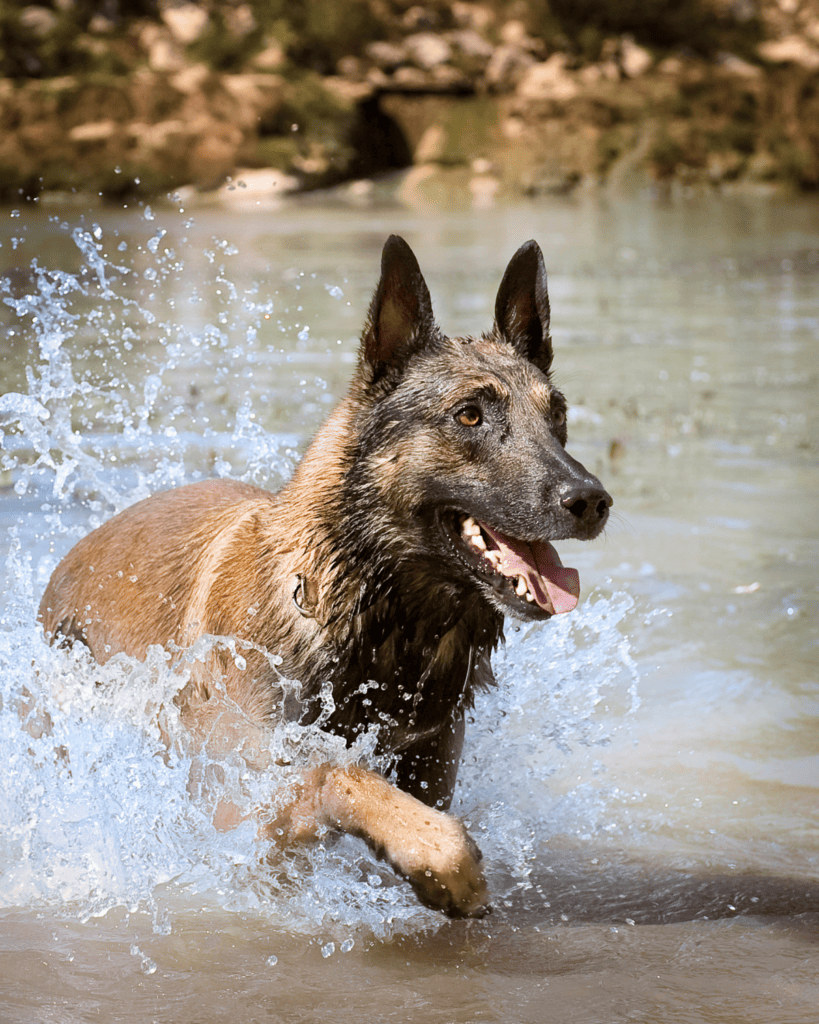
Labrador Retrievers and Golden Retrievers: The Versatile Companions
Labrador Retrievers and Golden Retrievers, known for their friendly nature and high intelligence, have become invaluable assets in military and rescue operations. Their exceptional sense of smell makes them ideal for detecting explosives and illegal substances. In the United States and other countries, these breeds are extensively used for rescue missions, especially in disaster zones, due to their keen senses and ability to work under challenging conditions. They also play a significant role in providing emotional support to wounded soldiers and military personnel, often serving as therapy dogs. This section will explore their contributions in various military contexts, highlighting their versatility and the reasons behind their popularity as rescue dogs and companions for military forces.
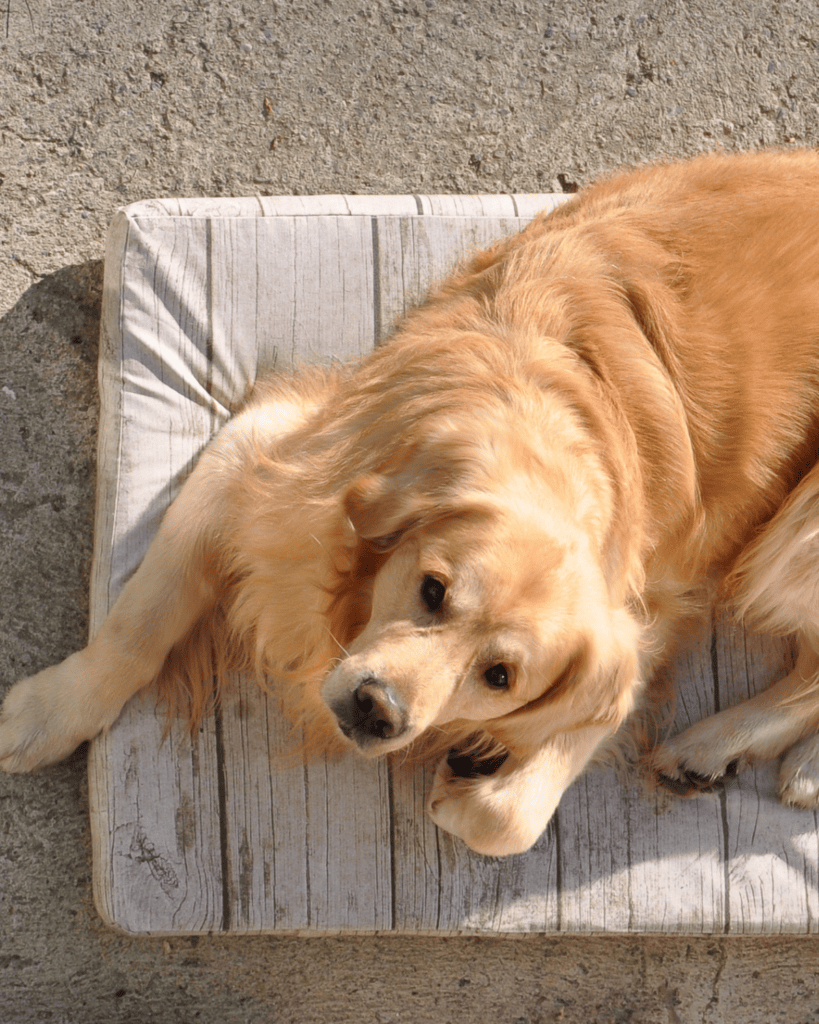
Dobermans, Giant Schnauzers, and Airedale Terriers: The Fierce Protectors
Doberman Pinschers, Giant Schnauzers, and Airedale Terriers have a storied history in military operations, known for their strong protective instinct and bitework prowess. During World War II, these breeds were used for guarding and patrol work, often serving on the front lines alongside soldiers. Their roles extended to detecting land mines, enemy combatants and acting as messenger dogs. This section will detail the history of these breeds in military operations, emphasizing their protective nature, the variety of tasks they were trained for, and their continued use in modern military and law enforcement roles.
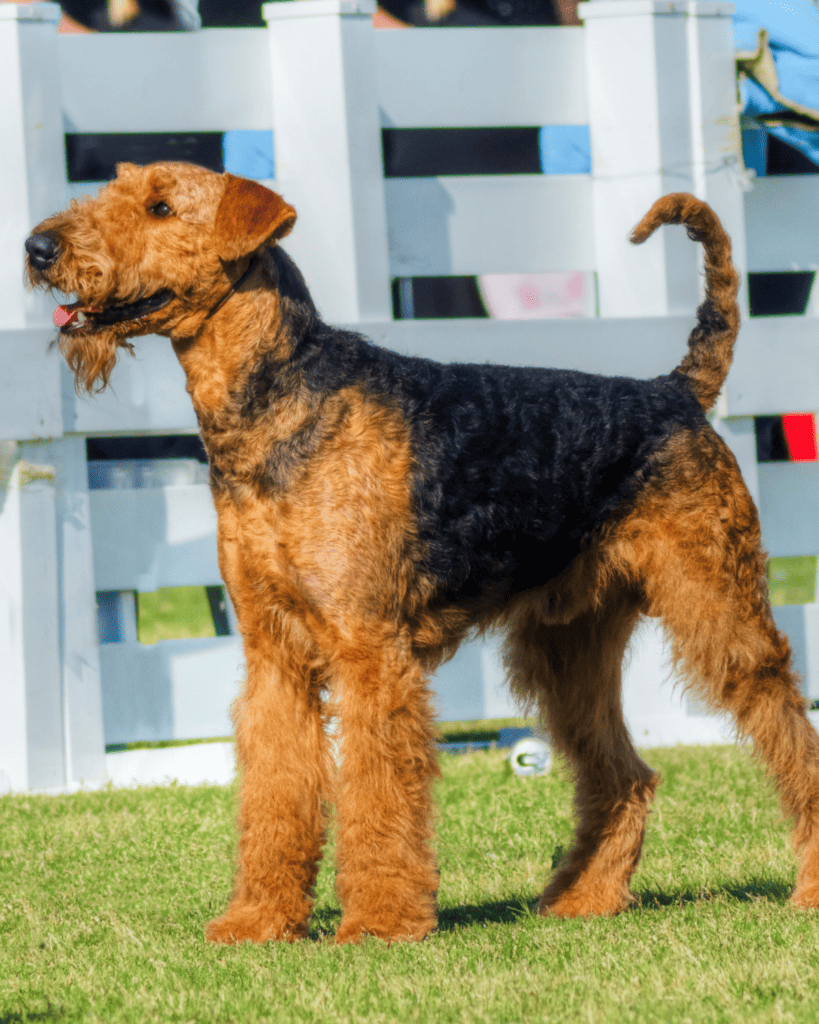
Specialized Breeds for Specific Tasks
Alaskan Malamutes, Siberian Huskies, and Bouvier des Flandres represent a group of specialized breeds used for specific military purposes. Alaskan Malamutes and Siberian Huskies, with their sled dog heritage, were pivotal in Arctic and mountainous terrain, particularly in World War II for transporting supplies and medical aid. Bouvier des Flandres and Black Russian Terriers, known for their strength and intelligence, have been used in various roles, including as sentry dogs and in bomb detection. This section will focus on how these breeds’ unique physical attributes and skill sets make them well-suited for specific tasks in military operations.
The Unsung Heroes: Lesser-Known Breeds in Military Service
Staffordshire Bull Terriers, Pit Bulls, and Yorkshire Terriers have played unique and often overlooked roles in military history. During World War I, Pit Bulls were renowned for their courage and loyalty, serving as messenger dogs that braved the front lines to deliver critical communications.
Their strength and tenacity made them ideal for such high-stress roles. Similarly, Staffordshire Bull Terriers were valued for their resilience and ability to endure the harsh conditions of war. Their contributions, though less documented, were vital in various support roles, showcasing the breed’s versatility and steadfastness.
The Yorkshire Terrier, despite its small size, has made a significant mark in military history. Perhaps the most famous example is Smoky, a Yorkshire Terrier who served in World War II. Smoky’s small stature allowed her to run telecommunication lines through narrow pipes, saving soldiers from potential exposure to enemy fire. This story highlights the unique advantages of smaller breeds in military operations, particularly in roles requiring agility and the ability to navigate tight spaces. The valor and utility of these lesser-known breeds underscore the diverse capabilities dogs can bring to military efforts, beyond the conventional roles typically associated with larger breeds.
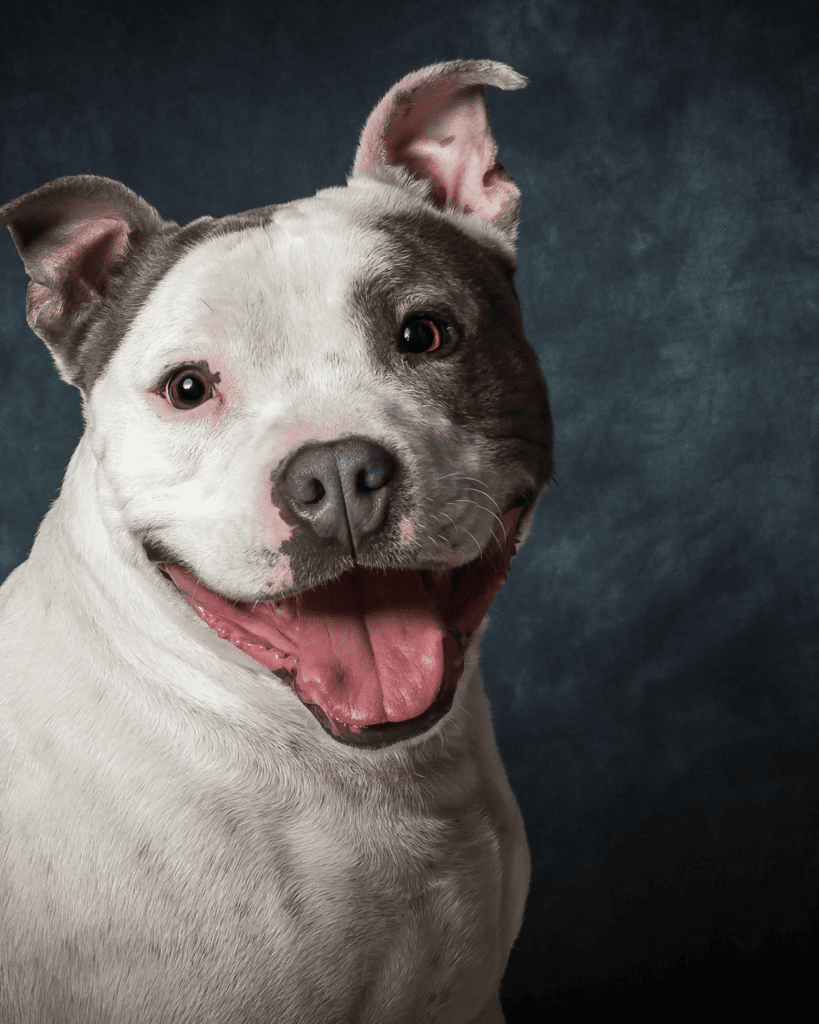
Training and Deployment
The training of military dogs is a meticulous and multifaceted process, designed to harness their natural instincts and abilities for specialized roles. At Lackland Air Force Base, the training regime is comprehensive, encompassing everything from basic obedience to advanced skills like parachute jumps and sea rescues. The dogs are taught to detect a variety of substances, from explosives to narcotics, and are trained in tactical obedience for patrol and guard duties. This training not only focuses on developing their physical capabilities but also emphasizes psychological conditioning, ensuring the dogs can perform under the high-stress conditions of military operations.
Deployment is another critical aspect of a military dog’s journey. The selection process for deployment is rigorous, with dogs undergoing extensive evaluations to determine their suitability for specific tasks and environments. Once selected, they are matched with handlers, creating a bond that is crucial for effective teamwork in the field.
The deployment can range from domestic bases to overseas combat zones, where they participate in various operations, from reconnaissance missions to search and rescue efforts. The preparation for these deployments involves not only the dogs but also their handlers, who receive specialized training to work effectively with their canine partners. This comprehensive approach ensures that both the dogs and their handlers are fully prepared for the challenges they will face in their service to the U.S. military and allied forces.
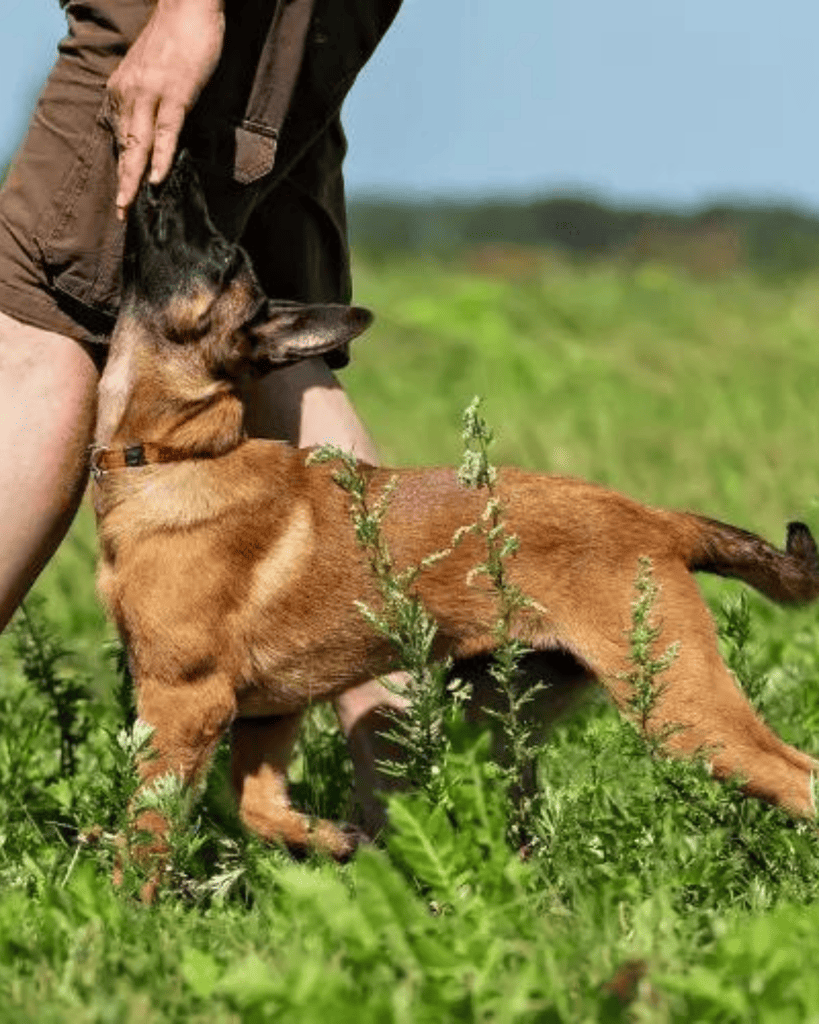
Modern Military Operations and Canine Contributions
In the ever-evolving landscape of modern military operations, the role of canines has been significantly diversified and intensified. Breeds like the Belgian Malinois, renowned for their agility and resilience, are now integral to specialized units such as Navy SEALs, participating in high-risk operations that were once only human domains.
These dogs undergo rigorous training to perform tasks like detecting improvised explosive devices (IEDs), a critical function in safeguarding troops in areas prone to such threats. Their acute sense of smell and ability to work under extreme stress makes them invaluable in identifying hidden dangers, from land mines to explosive devices, effectively preventing numerous casualties.
The adaptability of these breeds to modern warfare techniques is also noteworthy. For instance, military working dogs are now trained in advanced skydiving techniques and can accompany soldiers in HALO (High Altitude, Low Opening) jumps, demonstrating their versatility and the trust placed in their capabilities.
Their roles extend beyond traditional combat duties, participating in humanitarian efforts, such as search and rescue operations following natural disasters or in war-torn regions. These tasks not only showcase their physical prowess but also their psychological resilience, as they work in high-pressure environments while providing emotional support to their handlers and units.
Beyond the Battlefield: Dogs in Law Enforcement and Civilian Protection
Transitioning from the battlefield to civilian life, military dog breeds have become pivotal in law enforcement and community safety. German Shepherds and Belgian Malinois, breeds known for their intelligence and obedience, are commonly seen working with police forces worldwide. They excel in various roles, including tracking missing persons, detecting narcotics, and apprehending suspects. Their integration into police units has proven to be invaluable, with their presence not only deterring crime but also aiding in critical investigations. The innate abilities of these dogs, combined with specialized training, make them perfect partners in maintaining law and order.
Beyond law enforcement, these breeds have carved a niche in providing emotional and therapeutic support. Labrador Retrievers and Golden Retrievers, known for their gentle disposition, are increasingly used as therapy dogs in various settings, including hospitals, schools, and veterans’ homes. They play a crucial role in assisting individuals coping with PTSD, offering comfort and a sense of security to veterans and others affected by trauma. The therapeutic impact of these dogs is profound, helping to ease anxiety, provide companionship, and improve overall mental health, thereby extending their service to healing and recovery in civilian life.

Challenges and Controversies
Despite their invaluable contributions, the use of dogs in military and law enforcement roles raises several ethical concerns. One major issue is their safety during deployment in combat zones, where they face the same dangers as their human counterparts. Ensuring the well-being of these dogs, both physically and mentally, is a significant challenge, as they can suffer from trauma and stress-related disorders similar to human soldiers. Additionally, the ethical implications of using animals in potentially harmful situations, where they have no choice or understanding of the risks involved, continue to be a topic of debate among animal rights activists and ethicists.
Another concern is the fate of these dogs post-service. The transition from an active, structured military life to a civilian lifestyle can be challenging for both the dogs and their adoptive families. Issues like behavioral adjustments, health care, and finding suitable homes for retired military dogs are ongoing challenges. While various programs and initiatives have been established to facilitate this transition, ensuring a smooth and humane reintegration into civilian life remains a complex and sensitive task, highlighting the need for continued attention and resources dedicated to the welfare of these retired service animals.
The Future of Military Dogs
The future of military dogs in an age increasingly dominated by technology presents both challenges and opportunities. As warfare becomes more technologically advanced, the roles of these canines may shift or expand. Emerging technologies, such as drones and robotics, might complement or even replace certain functions traditionally performed by military dogs, especially in scenarios deemed too risky or challenging. However, the unique abilities of dogs, such as their exceptional sense of smell and capacity for nuanced detection, cannot be entirely replicated by technology, ensuring their continued relevance in military operations.
Ongoing research and development are also focusing on enhancing the capabilities of these dogs through advanced training methods and equipment. Innovations in protective gear, communication devices, and training techniques are being explored to maximize their efficiency while ensuring their safety. Additionally, the potential for genetic and behavioral research to breed dogs with specific traits ideal for military roles offers a fascinating glimpse into the future. These developments underscore the commitment to not only maintaining but advancing the role of military dogs, ensuring they remain an integral and highly valued component of military and law enforcement units worldwide.
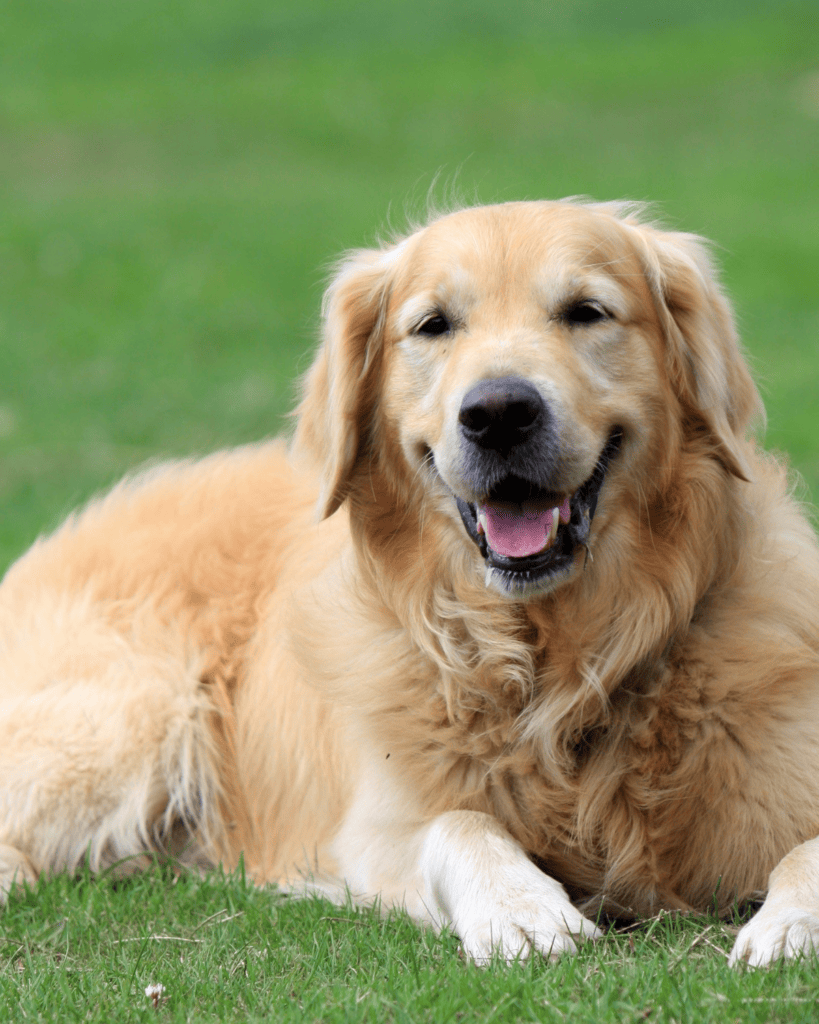
Conclusion: Celebrating the Heroic Contributions of Military Dogs
This concluding section will summarize the critical roles played by various dog breeds throughout military history, from World Wars to modern-day conflicts and law enforcement roles. It will reflect on the enduring bond between military personnel and their canine partners, recognizing the invaluable contributions of these dogs in securing peace and safety. The conclusion will also pay tribute to these brave animals, acknowledging them as not just tools of warfare but as loyal companions and unsung heroes in their own right.


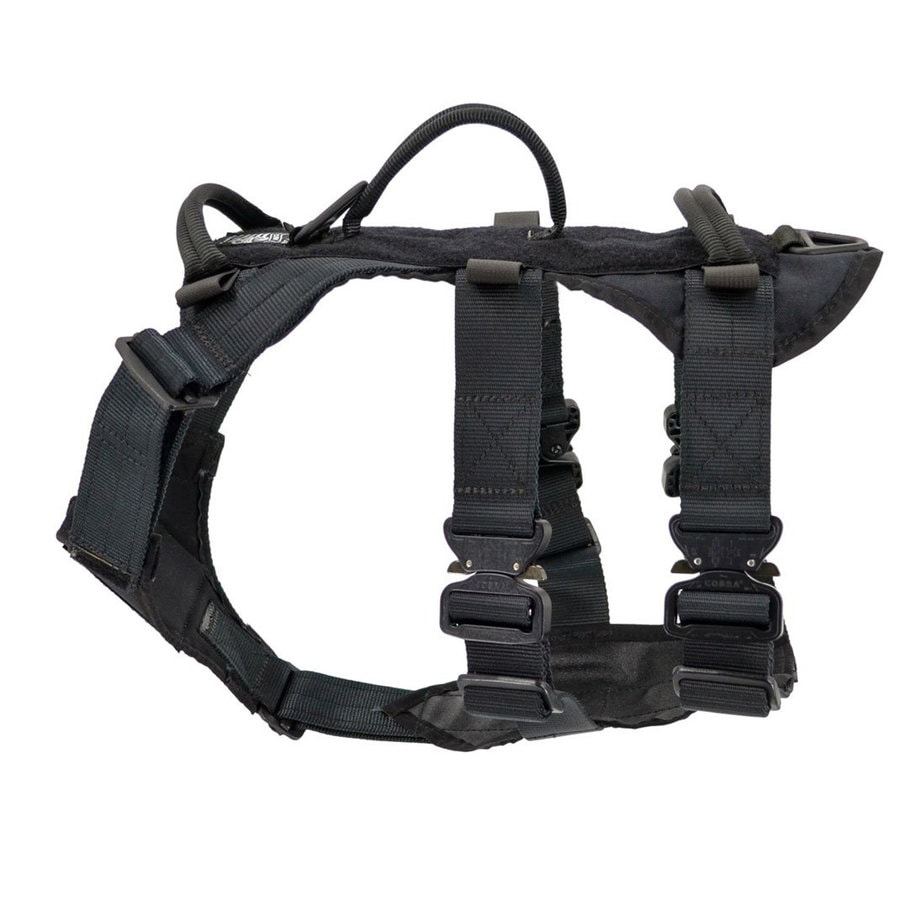



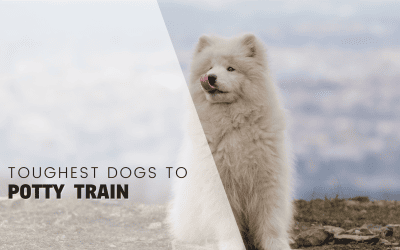

0 Comments